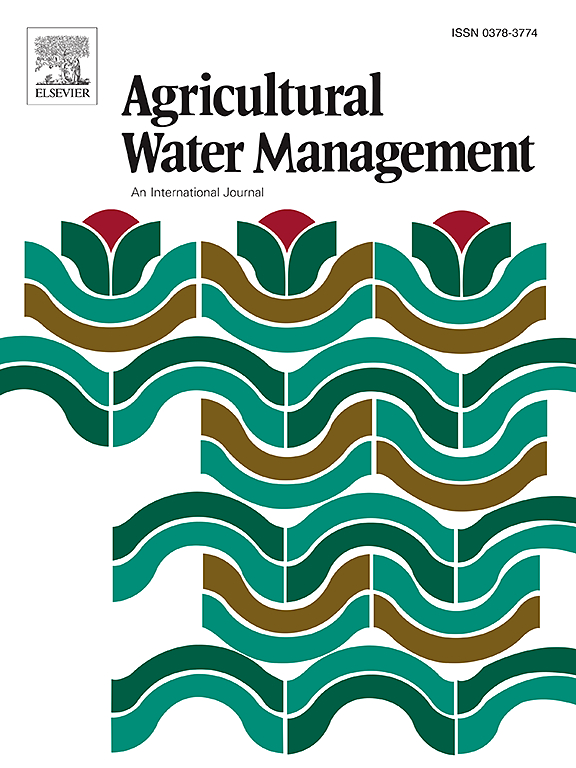Additive intercropping green manure enhances maize water productivity through water competition and compensation under reduced nitrogen fertilizer application
IF 5.9
1区 农林科学
Q1 AGRONOMY
引用次数: 0
Abstract
Excessive reliance on chemical nitrogen fertilizers and low crop water productivity (WP) in monoculture maize necessitate innovative cropping adjustments. Additive intercropping green manure crop into maize systems, while maintaining maize plant density and reducing chemical nitrogen inputs, promises to achieve stable yields and improve WP. A field experiment conducted from 2019 to 2021 in a northwestern China oasis irrigation area used a split-plot design with three replications. Main plots included maize intercropped with common vetch (IM1), maize intercropped with rape (IM2), and sole maize (SM). Subplots consisted of a 25 % reduced nitrogen amount (N1: 270 kg N ha−1) and local conventional nitrogen amount (N2: 360 kg N ha−1). Results indicated that intercropping reduced total evapotranspiration (ET) compared to sole maize. Nitrogen reduction amplified the decrease in total ET within the intercropping system. In sole maize, N1 decreased WP by 5.5 %-15.2 % compared to N2. However, both IM1 and IM2 mitigated WP declines caused by N1. IM1N1 exhibited higher WP than IM2N1 (P < 0.05). The differences in soil water content between the inter-strips revealed competition above the 30 cm soil layer during green manure growth, followed by compensation across entire soil layers after clipping. Water movement potential was used to evaluate intercropping water dynamics, showing that IM1N1 minimized water competition during the green manure growth period and maximized water compensation after green manure clipping. In conclusion, intercropping with green manure, particularly common vetch, presents a sustainable and effective strategy for enhancing maize water productivity under reduced nitrogen input in arid regions.
求助全文
约1分钟内获得全文
求助全文
来源期刊

Agricultural Water Management
农林科学-农艺学
CiteScore
12.10
自引率
14.90%
发文量
648
审稿时长
4.9 months
期刊介绍:
Agricultural Water Management publishes papers of international significance relating to the science, economics, and policy of agricultural water management. In all cases, manuscripts must address implications and provide insight regarding agricultural water management.
 求助内容:
求助内容: 应助结果提醒方式:
应助结果提醒方式:


